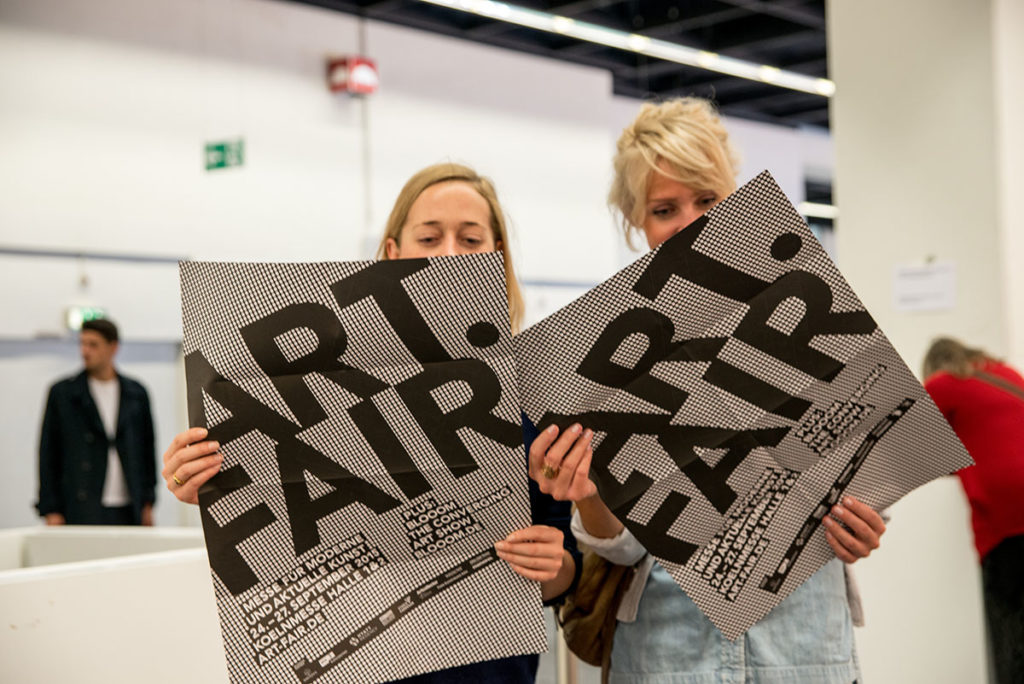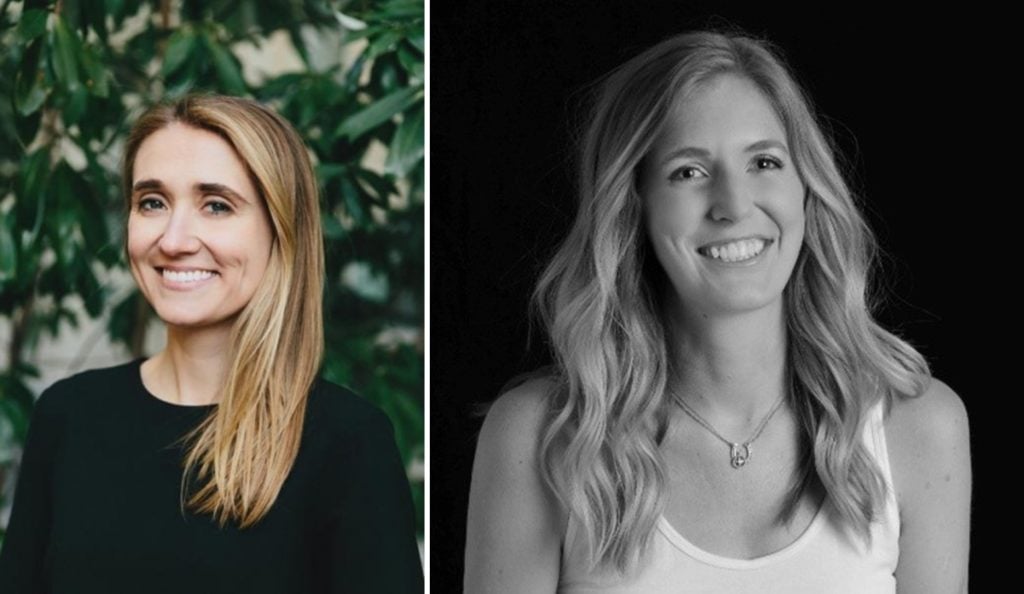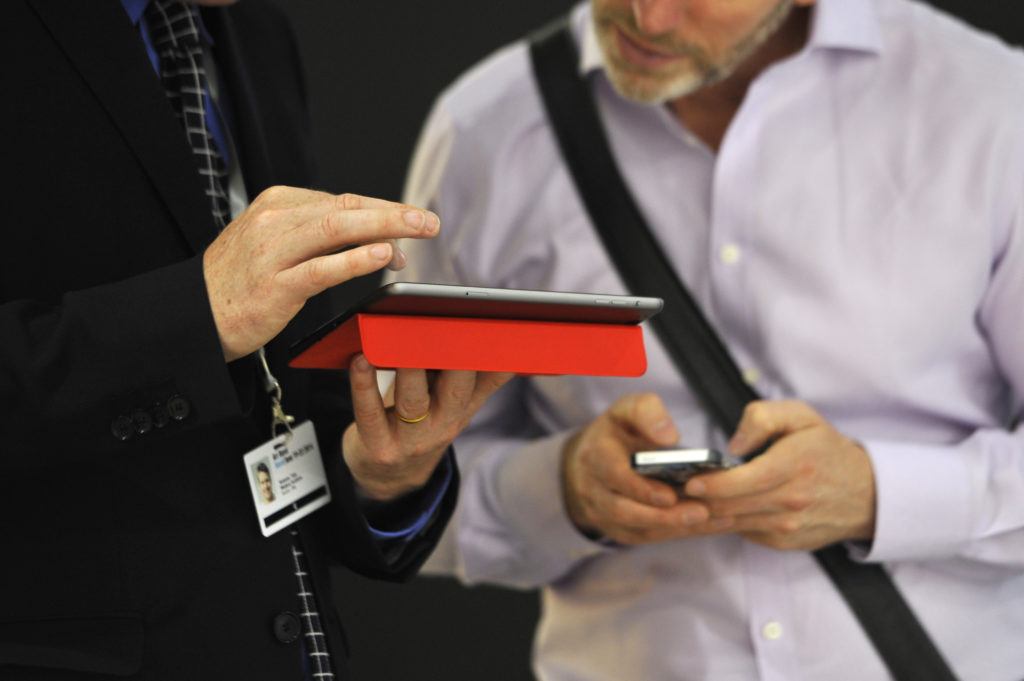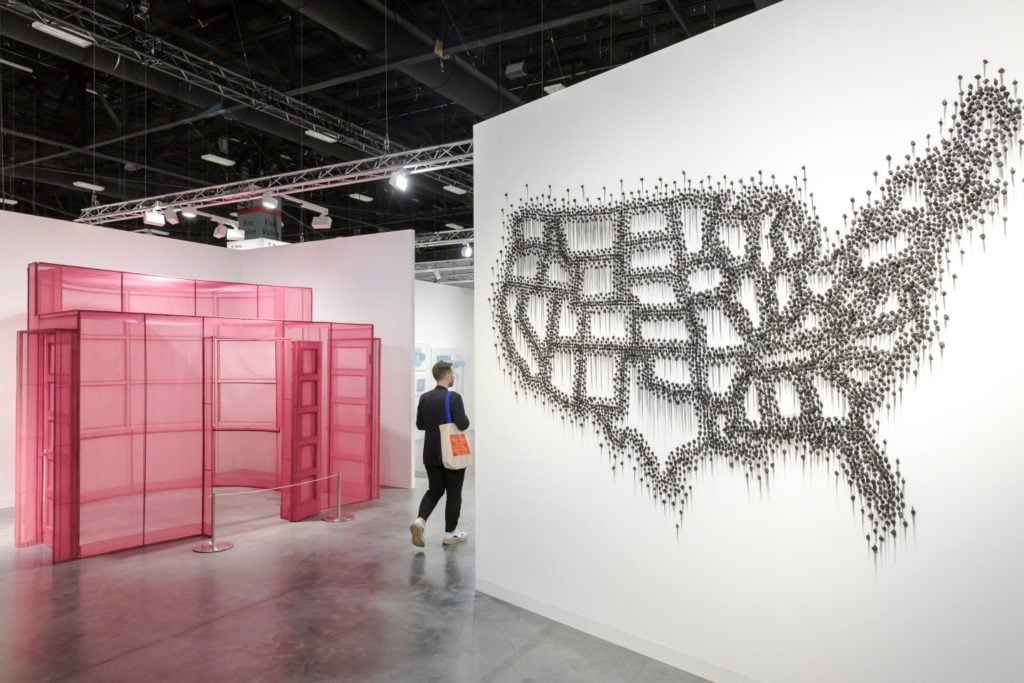not me... but then again, who cares!
...Art Fairs
When Your Job Is Going to Art Fairs: How Globe-Trotting Sales Directors Survive Life on the Road
Pro tips from galleries' elite fair squads.

To many who work in the art industry, the last day of Art Basel signals the end of the fair season and the start of the summer recess. But that’s not the case for everyone.
“Preparation for every fair starts the day it closes,” says Lehmann Maupindirector Fionna Flaherty, one of a growing number of gallery employees whose positions are being shaped by the art fair calendar. In recent years, galleries have been restructuring their operations to accommodate the growing frequency and financial importance of fairs, creating permanent jobs with titles such as “art fair coordinator” and “head of art fairs.” Lisson Gallery has two fair technical managers and an art fair registrar; David Zwirner, which did 24 fairs last year, has an entire art fair team.
This particular jet set specializes in foreign tax fluctuations, booth construction, and the layout of local bar scenes. For them, a single fair is a year-long event—and they travel to as many as a dozen or more per year. artnet News spoke to two specialists, Flaherty and Kasmin‘s exhibition and fair manager Brooke Terry, about how they carved out their unique roles.
On how the job came to be
Previously, I was doing the applications and the admin, which was spread out as a side job for a couple of different people. A little over a year ago, it became apparent that if we were going to maintain the high level of integrity of our shows, we needed to have someone in this role. From the moment you land, you have to be on, and it’s something you can’t really teach. You just have to do it. It took me a minute to get used to, but the more we do fairs, the more we’re aware of the types of people who are going to show up to buy and the events that take place. New York fairs are a great opportunity to get some of the sales assistants or associates who don’t travel for fairs onto the floor. When the fairs disseminate their exhibitor badges, I have to raise my hand and say, “Hi, do you mind if we have 18?” Everyone gets a shift. —Brooke Terry

Left, Fionna Flaherty, courtesy of Lehmann Maupin. Right, Brooke Terry.
On learning local taxes and tariffs
Part of the specialty of your job is understanding certain places, like their tariffs, as in our president moving things around with China. Last year, taxes went up a decent amount around the time we were in Shanghai. It didn’t pose a huge problem, but that’s something I have to be aware of for sure. It means that you have to talk to the client again, redo the invoice and paperwork, and make sure everything complies with the new regulations. It’s more our registrar and finance team that bear the brunt of that, but when we go to fairs, I make sure that’s in the info packet disseminated to the team, along with what shipping rates would be from Shanghai to Brussels, or Shanghai to the States. —Brooke Terry
On deciding who to send
It’s a deliberate process where we really think about the needs of the gallery and what kind of global scope the fair is. If we hear that [certain] collectors are going, it really makes sense for our director who’s in that city, who has relationships with those people, to be there. In Basel, we have directors from our New York and Asia galleries; going to Europe doesn’t mean that collectors are all going to be European. A lot of Americans go, especially during a biennale year, and Asian collectors are going to more fairs than ever before. —Fionna Flaherty

Visitors in the gallery section of Art Basel. Photo by Harold Cunningham/Getty Images.
On packing for emergencies
Once we’re on the ground, I’m like the on-call doctor; I have a different phone case that I bring with the big battery packs that can do two full charges. I’m always running around. I answer questions that come up when you’re on site, including where you can have meetings that are close to the fair and serve alcohol. It’s knowing the space, not only the booth itself, although I help design that as well. I also remember to pack the vitamin C, because the last time all of us got sick. —Brooke Terry
On troubleshooting
So much happens in the two or three days they give us for install. It might be a wall not being exactly aligned, or wiring that needs to be redone. Once, we were having the walls painted and, I kid you not, it was three different shades. It’s usually third-party teams who come in to do construction and lighting, and sometimes there’s a language barrier. It’s about coordinating with them and representatives of the fair itself. I would say I’ve become a very, very familiar face in the exhibitors office. —Fionna Flaherty

Installation view of Lehmann Maupin’s booth at Art Basel Miami Beach, 2018. Courtesy of Art Basel.
On working far in advance
Two days ago I turned in the application for Art Basel in Hong Kong, which is a fair in March, but basically that fair is on my brain now. While I’m working on one fair, I always get at least two calls or emails a day about another fair. It’s like Inception. For Hong Kong, we’ve already picked our artists, and we’re in talks with artists as to what works they’re going to bring or create specifically for the fair. That happens this far out in advance, and then it gets finer and finer tuned. We were accepted to Miami months ago, and the booth build out is due in the next couple of months. It varies per fair; smaller fairs aren’t as stringent about the rules. I was chatting with someone from [the Shanghai fair] Art021 today, talking about our booth position for the fair and getting our works approved by the Chinese government. We’re still actually disseminating some pieces that we sold in November last year. —Brooke Terry
On what to pack
Usually when you’re on big trips you tack travels on. When I go to Hong Kong, I usually tack on a trip to Shanghai or Beijing, so that kind of also makes these trips a little bit longer. One year I was in Basel for 14 days. My advice is to prep in advance, create systems for yourself, and try to be as streamlined as possible. I have a bags-within-bags packing system: I pack day by day based on my itinerary, and I try not to bring anything I don’t need. The more you bring, the more options you have, but if you kind of limit your options you’re much more effective. What I’m also doing now is preparing my family for my being gone—making a ton of baby food and freezing it and making sure everything is organized in the house. —Fionna Flaherty
In the fall, I never fully unpack all of my stuff, and it’s generally always black. When you’re standing there for 13 hours talking to people, you need to be wearing the things that you feel confident in when you’re checking the booth at 8 a.m., when the fair closes around nine, and then at drinks later. Asia is hard because you lose so much time. It’s a 13-hour time change and I can’t sleep on planes. But always make room for your running shoes. I swear that going to the gym is the best jetlag cure; sweating it out helps you transition. —Brooke Terry
Follow artnet News on Facebook:
Want to stay ahead of the art world? Subscribe to our newsletter to get the breaking news, eye-opening interviews, and incisive critical takes that drive the conversation forward.
SHARE
Article topics

No comments:
Post a Comment